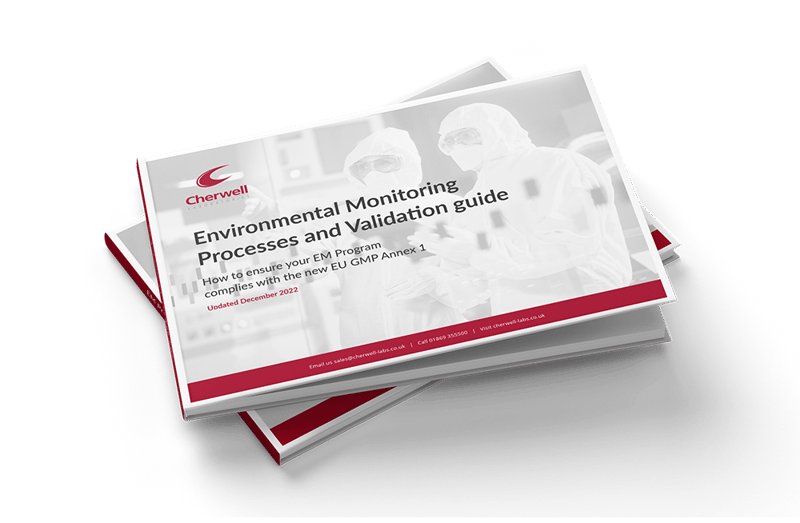Sterility testing critical before product release
Sterility testing is required by all pharmaceutical regulators. These are microbiological tests that look at a portion of batches to see whether they produce microbial growth after 14 days of incubation in appropriate media.
Although a time-consuming and labour-intensive process, there’s no worse feeling than when a sterility test proves positive for microbial contamination, as failing the sterility test means the entire batch affected has to be quarantined.
The required, successful completion of the sterility test is often the last step before a product can be released. Performing such a test is crucial, because releasing a contaminated batch of product can have extremely serious consequences for both public health and business reputation, as so tragically demonstrated in the NECC case.
So how should the manufacturing process move on after a batch of the product fails a sterility test? What procedures should be in place to handle such a failure? And how can advance preparation for a failed test become part of ongoing processes, to help avoid such eventualities in the first place?
Start by retracing the steps in your aseptic manufacturing process
Following a failed test, an investigation to determine how the failure occurred will take place. This will mean suspension of production while every stage of the manufacturing and testing process is reviewed. Being well prepared for this situation will enable production to resume as quickly as possible.
Every manufacturer of sterile products needs a clear investigation procedure to follow in the event of a failed sterility test. This should lay out clearly who is involved and their responsibilities, including what should be examined. The best way to carry out this procedure is by using checklists.
Checklists equal efficiency
As with any complex procedure, numerous specific, critical steps have to be followed. The process is too detailed to trust to memory, so checklists ensure these steps are completed consistently and efficiently. A prepared checklist also means the investigator does not have to recall and plan next steps while analysing results.
Checklists during maintenance, manufacturing, sterility testing, and the sterility test failure investigation itself will assist the investigative process by making each step and their correct order clear. They will also provide information about the equipment and process leading up to the failure, making it easier to identify and implement the necessary corrective action.
Audit the lab and its handling of sterility testing
Checklists to handle a sterility testing failure should begin with the test itself. Problems in sterility testing could lead to a false positive, and therefore need careful examination.
Using positive and negative controls, like method validation, the experimental setup itself can be examined as a source of the contamination. The testing equipment and environment found in cleanrooms and isolators need to be certified as sterile, well maintained, and within expiry date.
The checklist of items to review before performing sterility testing is similar to the one used to rule out laboratory processes in the case of a sterility testing failure. This can be used to pre-emptively check for issues such as expired products and missed maintenance procedures.
Follow manufacturing and filling processes for failure investigation
Manufacturing and filling processes need to be examined to identify potential sources of the contamination. These include materials used in manufacturing, the manufacturing environment itself, sterilisation procedures, production and filling processes, and the operators controlling the processes. Even cleaning and disinfection records must be reviewed.
The checklist here should ensure that manufacturing and filling process examinations are conducted thoroughly and safely. This checklist can also be used during routine manufacturing and filling to ensure the correct records, tools and manuals are easily available. This will help prevent future failures by ensuring that maintenance is properly conducted. The use of environmental monitoring can be applied to help assess areas and processes for potential contamination.
Preparation can reduce impact of sterility test failure
It’s advisable to prepare checklists in advance, ready to use should a sterility testing failure occur. This represents a strong position from which to proceed should an investigation be necessary to identify and address a source of contamination.
Preparing in advance can also highlight areas of risk in the manufacturing, filling, or testing processes before such a failure occurs, allowing issues to be addressed before problems arise. These preparations can also be based on, or double as, regular maintenance procedures, ensuring consistency in standards across the production facility.
During the investigation, every facet of the facility, manufacturing and testing processes will be scrutinised. Many people will be involved, equipment will be out of commission, and revenue will be lost. Planning ahead to monitor and maintain appropriate procedures, including investigation protocol, can only be beneficial for the future.
Use sterility test failure checklists for regular maintenance
A sterility test failure is a dreaded situation for those involved in the manufacture of sterile products. Being prepared for the possibility of such as failure is the best way to effectively and economically handle such an eventuality, and address the root cause.
Creating checklists that lay out clear response procedures will reduce the impact of a sterility test failure, while maintaining testing integrity. Using such checklists regularly, as a basis for maintenance, will reduce the likelihood of a failed sterility test, and aid the investigative process if such a failure does occur.
For a more in-depth look at sterility testing and how you can best avoid the risk of any test failures, download our free eBook.







